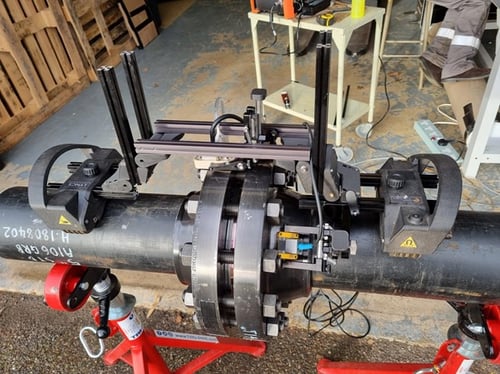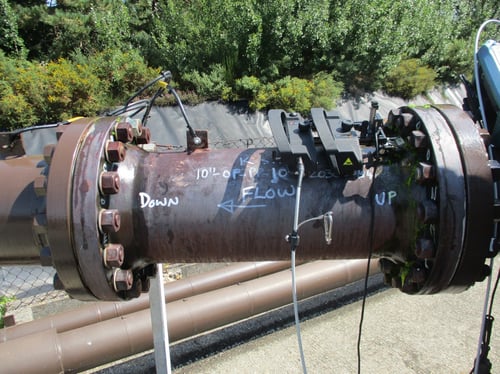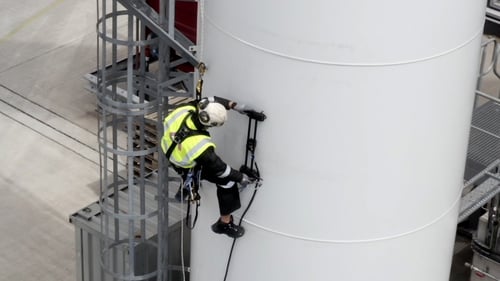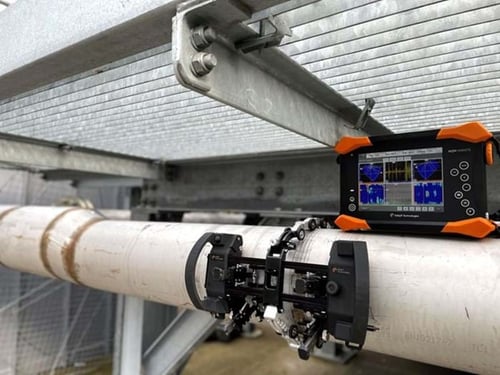Attention to detail is evident in the thoughtful features considered for the LYNCS corrosion mapping and weld inspection scanner. Designed with the operator in mind, users will be pleased with the subtle advantages that make the technician’s job easier like cable management, strain relief, and braking systems.
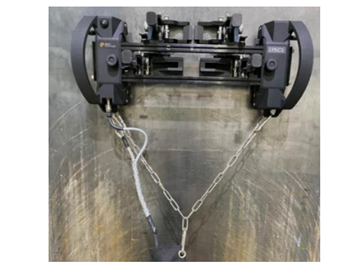
Figure 1 Strain relief and cable management for the technician who has broken too many cables
LYNCS offers a toolless design that allows operators to effortlessly configure the system for their own application requirements; ergonomic features, even a rifle bag to help with ladders on site, truly make it the most user-friendly scanning system on the market.
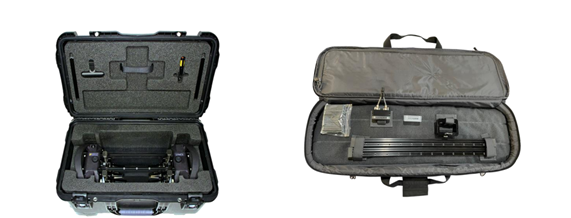
Figure 2 The perfect accessories for logistics and site work
LYNCS for Phased Array and Time-of-Flight-Diffraction Weld Inspection
New Weld Inspection
For many years, volumetric inspection of new welds was performed using radiography. To assess a welder’s workmanship and determine whether any defects could cause critical failure during service, it is important to know if there are any defects hidden under the surface; radiography is able to provide a picture of the weld and determine if there are any defects within the material volume. Unfortunately, radiography has significant safety concerns, and in some plant operations, it is difficult to get clearance for inspection. As a result of these safety concerns and associated restrictions, phased array and TOFD have been increasingly introduced as a direct replacement to radiography. Like radiography, these methods can produce a permanent map of the weld and also provide through wall height assessment of defects that may occur.
In-Service Weld Assessment
Still the most widespread use of phased array and TOFD inspection, weld integrity assessment is an integral part of fabrication projects and in-service assessments. Inspecting for damage throughout the life of an asset is critical in order to avoid potential shutdowns due to failure. Defects such as fatigue cracking, weld root erosion, and High Temperature Hydrogen Attack (HTHA) are all common damage mechanisms found in welds during service. The LYNCS scanner can be deployed for assessment, and with its unique design for centrally mounted probes, the scanner can be used on 200-millimeter (4-inch) OD pipework to flat plate without the need for reconfiguration. This design greatly improves productivity and allows users to tackle large in-service inspection scopes with ease. Reiterating true ergonomic performance through features such as mechanical braking systems and built-in electronic controls, the LYNCS is perfectly suitable for rope access deployment.
LYNCS for Phased Array Corrosion Mapping
Corrosion mapping is a rapidly growing inspection requirement with asset owners moving towards inspection methods that provide greater coverage and permanent records used to make better decisions on the remaining life of plant assets. Taking spot UT thickness readings at cardinal pipe positions is still a very important aspect of critical assessments; however, when engineers are uncertain where corrosion may manifest, a full coverage inspection is required to increase the probability of detection.
Using phased array technology for corrosion mapping increases productivity and generates high-resolution images while offering complete coverage and a detailed assessment of corrosion type and shape. The LYNCS scanner can be easily configured to perform semi-automated corrosion mapping, covering 500 millimeters (1.6 feet) with one pass. It can cover large areas very quickly and has onboard electronics for seamless data stitching and 100 percent coverage.
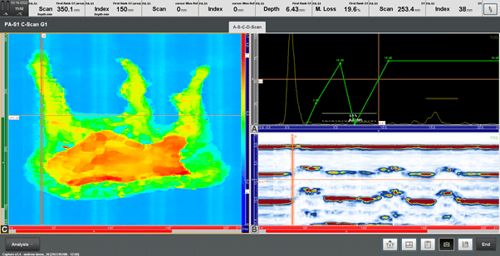
Figure 3 High resolution phased array corrosion mapping data collected with LYNCS scanner
The NDT scanner also be configured with different length inspection arms to cover restricted access areas. It is designed with a low-profile handle so scanning in between pipe racks is no problem. Customers have used the LYNCS corrosion mapping scanner in all types of challenging environments, like the harsh settings from ropes in offshore conditions.
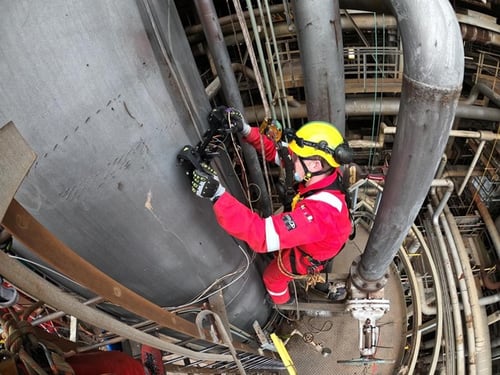
Figure 4 Photo courtesy of CAN Offshore
LYNCS for Complex Geometry Inspection
We recognize that there are many odd shaped and complex geometry components in the field and being able to inspect them all with one scanner can prove difficult. With this in mind, Eddyfi Technologies wanted to ensure its solution could address complex shapes as well. The accessory comes with four bracket hinges that allows operators to shape the hybrid multifunctional scanner to accommodate pipe supports, weld sleeves, flanges, and more.
Figure 5 LYNCS configured for flange inspection in two scan locations
Figure 6 LYNCS reconfigured for tight access locations
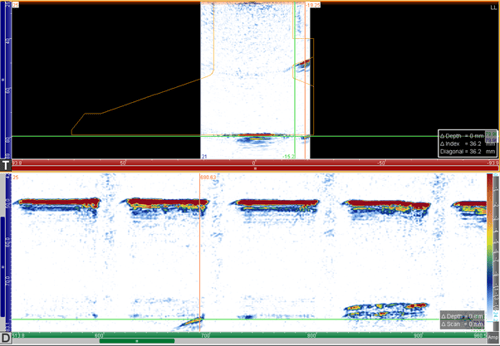
Figure 7 TFM for flange face inspection
Learn how LYNCS is the cost-efficient solution for tackling flange face corrosion here.
LYNCS CHAIN for Non-Ferrous Inspection
Although the LYNCS scanner is built with magnetic tractors that help with securing probe placement and coupling to the component, Eddyfi Technologies is aware that not all components are ferromagnetic. There remains a requirement to perform inspection on non-ferrous, and sometimes plastic, pipework. The LYNCS CHAIN is a bolt-on option that gives full capability of the LYNCS but acts as an add-on accessory when required. Applying the LYNCS scanner, users can collect PA and time-of-flight-diffraction data simultaneously, and by combining the LYNCS CHAIN to the system, can also test stainless steel welds and complex configurations. Learn how to optimize High Density Polyethylene (HDPE) ultrasonic inspections here.
Figure 8 Stainless Steel and Plastic Component Inspection
Unlike other scanners, the LYNCS CHAIN is two systems in one as it has the full functionality of the LYNCS for corrosion mapping and weld inspection; the chain simply provides additional support when needed.
Figure 9 LYNCS CHAIN increases capabilities for inspection of non-ferrous pipes such as stainless steel and HDPE
LYNCS AXIAL for Longitudinal Weld Seam Inspection
Seam welded pipes are susceptible to in-service fatigue cracking, and PAUT and Total Focusing Method (TFM) are perfect techniques for locating and sizing this defect before a failure occurs. LYNCS AXIAL is another add-on accessory that transforms the conventional LYNCS scanner into a solution that can scan circumferential welds and long seams with minimal reconfiguration. With a clever mechanical design, the user can adjust the position of the tractor units in order to get maximum magnetic adhesion on pipes down to 75-millimeter (3-inch) OD. The LYNCS AXIAL can hold six probes at any given time and has a laser guided tool to help perform straight linear scans, enabling the inspector to collect the most reliable data for the client and pipeline owners.
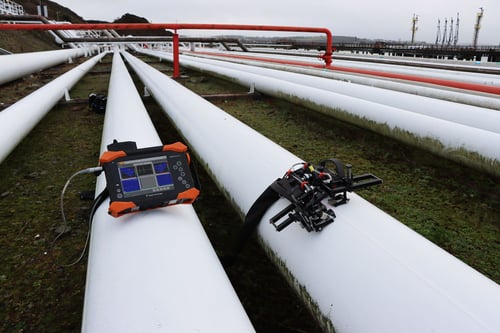
Figure 10 LYNCS AXIAL for seamed pipe inspection
Discover exactly how the LYNCS seals the deal with another bolt-on option for longitudinal weld seam inspection here.
‘LYNCS’ All Your Advanced UT Inspection Requirements with a Single Scanner
The versatility offered by the one-of-a-kind, multifunctional LYNCS NDT scanner has clearly been demonstrated here. Eddyfi Technologies proudly shares this solution offering many configurations for a wide range of applications —without the need to carry multiple inspection instruments— that greatly reduces inspection times, offers ease of access, and reduces overall costs. If this advanced ultrasonic testing scanner is missing from your NDT toolkit, now is the time to get in touch and stay Beyond Current.


